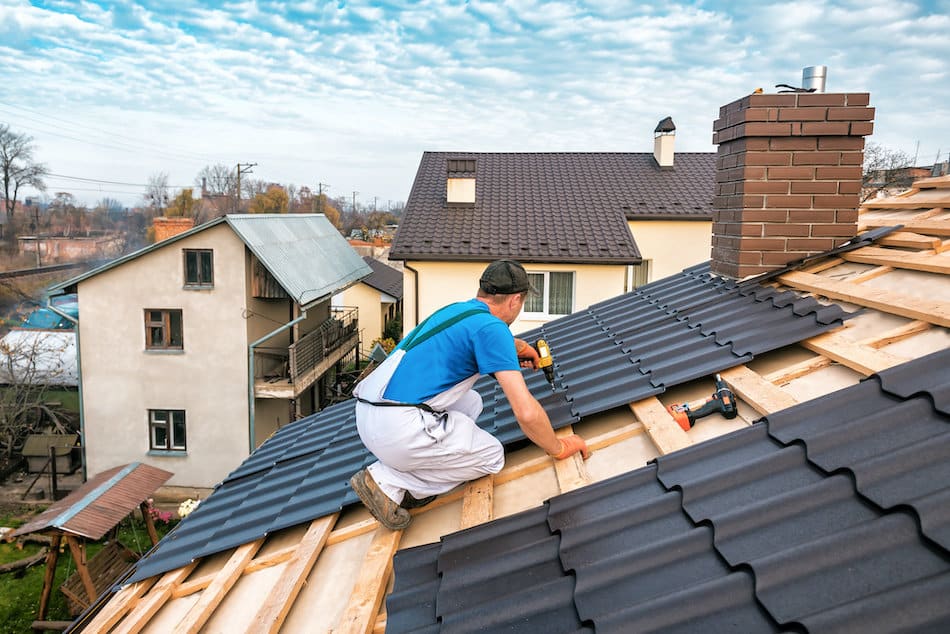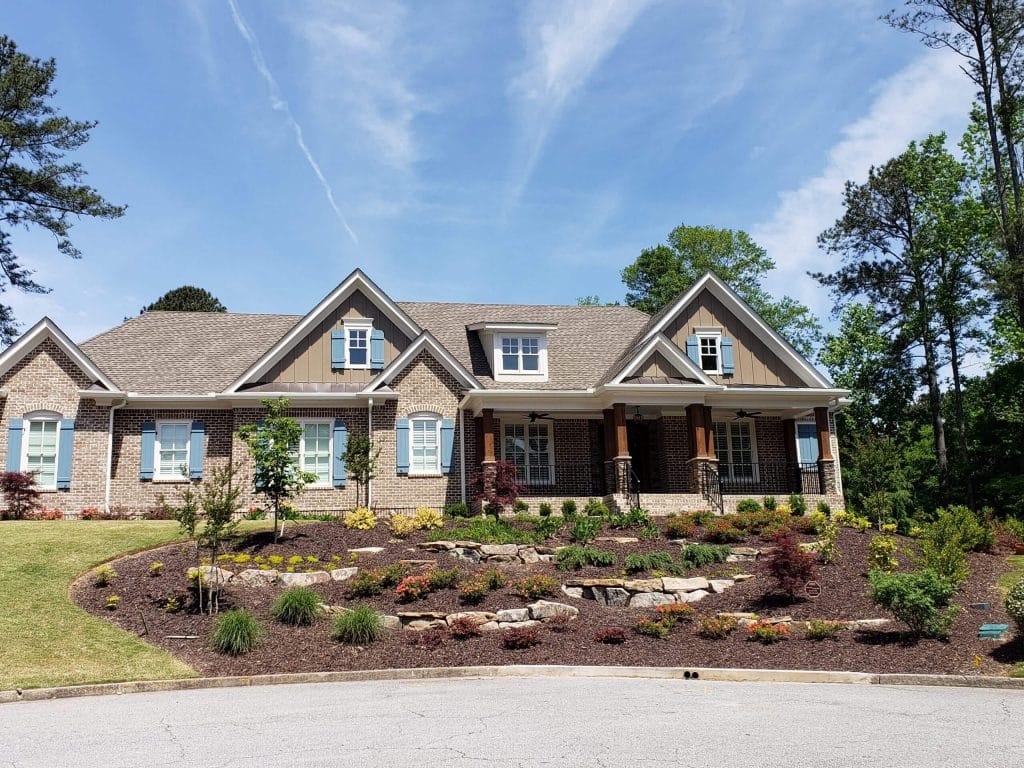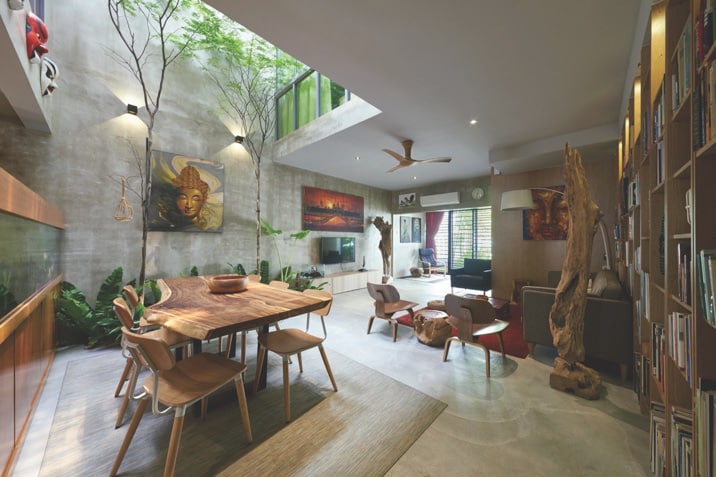5 Roofing Materials You Can Use on Your Home
The cost of roof repair can be considerable. Thus, if you’re building a house or replacing your entire roof, you should know about your roofing options. Ideally, you want the best possible material within your preferred price point.
Conduct due diligence to learn about roofing materials. Talk to a trustworthy roofing services contractor. They can guide you through your options and discuss the pros and cons of each.
This article provides an overview of available roofing materials. It’s an excellent place to start while researching your roofing options.
1. Asphalt Shingles
Asphalt shingles are affordable and durable. Properly installed, they can create a tight seal against the elements. Individual shingles are easily replaceable, so repairing a damaged asphalt shingle roof is straightforward. Asphalt shingle roofs also look good, as shingles are available in different colours and textures.
Asphalt shingles come in the following styles:
- Strip shingle: A strip shingle is rectangular, longer than it is tall. It’s simple and practical, covering a significant area efficiently.
- Three-tab shingle: A three-tab shingle is a strip shingle with three cut-outs or tabs along the bottom edge to provide the illusion of three separate shingles.
- Laminated dimensional shingles: Laminated dimensional shingles (also known as architectural shingles) have multiple layers of tabs. These add texture and depth to the shingles. Luxury variants of laminated shingles offer weatherproofing protection and provide premium designs; they can look like slate shingles.
Asphalt shingles have an estimated life span of 20 to 30 years, so they’re not as durable as other roofing options. Individual shingles can loosen, lift and crack in a storm. Yes, damaged shingles are easy to replace, but you may have to maintain them more frequently than other roofing types, especially if you live where storms are common.
The good news is that maintenance is relatively minimal. Regular checks for (and replacement of) missing shingles and clearing gutters are often sufficient to ensure their longevity. Post-storm inspections are also crucial.
Use asphalt shingles with a sloped roof. A minimum of 4:12 pitch is essential. They may still work on roofs with a pitch of 2:12 up to 4:12, but only with careful and precise installation. The 2:12 pitch is the absolute minimum, however; it’s advisable not to use asphalt shingles on roofs that are flatter than a 2:12 pitch.
2. Corrugated Metal Roofing
Corrugated metal roofing refers to metal panels with curvy ribs that form alternating ridges and valleys. When installed on a sloping roof, the valleys of a corrugated metal roofing effectively channel rain and moisture away from the roof.
Corrugated metal roofs are inexpensive and easy (and affordable) to install. They usually come in aluminium alloy or steel, and they can last up to 50 years.
- Aluminium alloy: Aluminium alloy corrugated roofing is lightweight and has good corrosion resistance. It is more durable than asphalt shingles, making it a practical roofing solution, especially in places that experience heavy rainfall.
- Steel: Steel is thicker than aluminium alloy, making corrugated steel roofing quieter than aluminium roofing. Carbonised steel roof variants are also tougher and have high tensile strength.
Corrugated metal roofing needs exposed fasteners to hold it down in place. The puncture holes that must be made to accommodate these fasteners are vulnerable to corrosion, which can lead to leaks, and therefore require roof leak repair or maintenance over time.
3. Terracotta Tiles
Terracotta tiles are made of clay. They look vibrant and make an attractive roofing option. Historically handmade by experienced craftsmen, they are now mass produced and are widely available as a roofing material.
Terracotta tiles are not only pretty to look at but also quite functional. Aside from keeping your home dry and protected against rain and snow, terracotta tiles also serve as a thermal barrier that can keep your energy bill under control. They have poor thermal conductivity, so they can keep the heat of the sun out. They also have excellent noise reduction capabilities, making them ideal for homes in urban or noisy neighbourhoods.
Terracotta tiles are highly durable. They can last you up to 100 years of use. Despite their durability, however, they are not indestructible.
Terracotta tiles can succumb to wear and damage, particularly in severe weather conditions. Regular inspections are crucial, therefore, to identify and address any cracks or breaks and ensure the integrity of the roof safety from potential leaks or falling tile hazards.
4. Concrete Tiles
Concrete tiles are roofing tiles moulded out of concrete. They may be flat, low profile (with a maximum rise-to-width ratio of 1:5; looks slightly curved) or high profile (with a minimum rise-to-width ratio greater than 1:5; looks highly curved).
Versatility is a major advantage of concrete tiles. They can be made to look like other types of tiles, including terracotta tiles, painted any colour the homeowner wants, yet still provide the durable and impervious protection of concrete.
Concrete tiles are often finished with a roof sealant, making the concrete more resilient against various weather conditions and enhancing its longevity. However, they are more porous than terracotta tiles. This can lead to quicker colour fading and, over time, susceptibility to leaks and breaks.
Despite these concerns, the temperature control capabilities and energy efficiency of concrete tiles make them a practical choice for many homeowners. Although less durable than terracotta tiles, they can last up to 50 years.
5. Slate Shingles
Slate shingles stand out for their unique, sophisticated appearance, often enhancing the curb appeal of any home. They are made from thin sheets of slate.
They’re heavy, however, so they need careful structural consideration and integration. Installing slate roofing also requires specialised skills. Regular and proper maintenance is also crucial to prevent damage.
Slate shingles are exceptionally durable if you install them correctly and maintain them properly. You can expect your slate roof to last you between 75 and 150 years.
Maximising the Lifespan of Your Roof
When it’s time to build your house or replace your roof, you have a variety of roofing materials to choose from. They include (but are not limited to) asphalt shingles, corrugated metal, terracotta tiles, concrete tiles, and slate shingles. These options vary greatly in longevity, ranging from twenty to 150 years.
No matter which roofing material you choose, you can maximise its lifespan by following roof installation and maintenance best practices. These can include keeping your roof slanted, using the right drainage system, working with roofing experts with specialised roof installation know-how, conducting regular roof inspections, and performing regular preventive maintenance.







